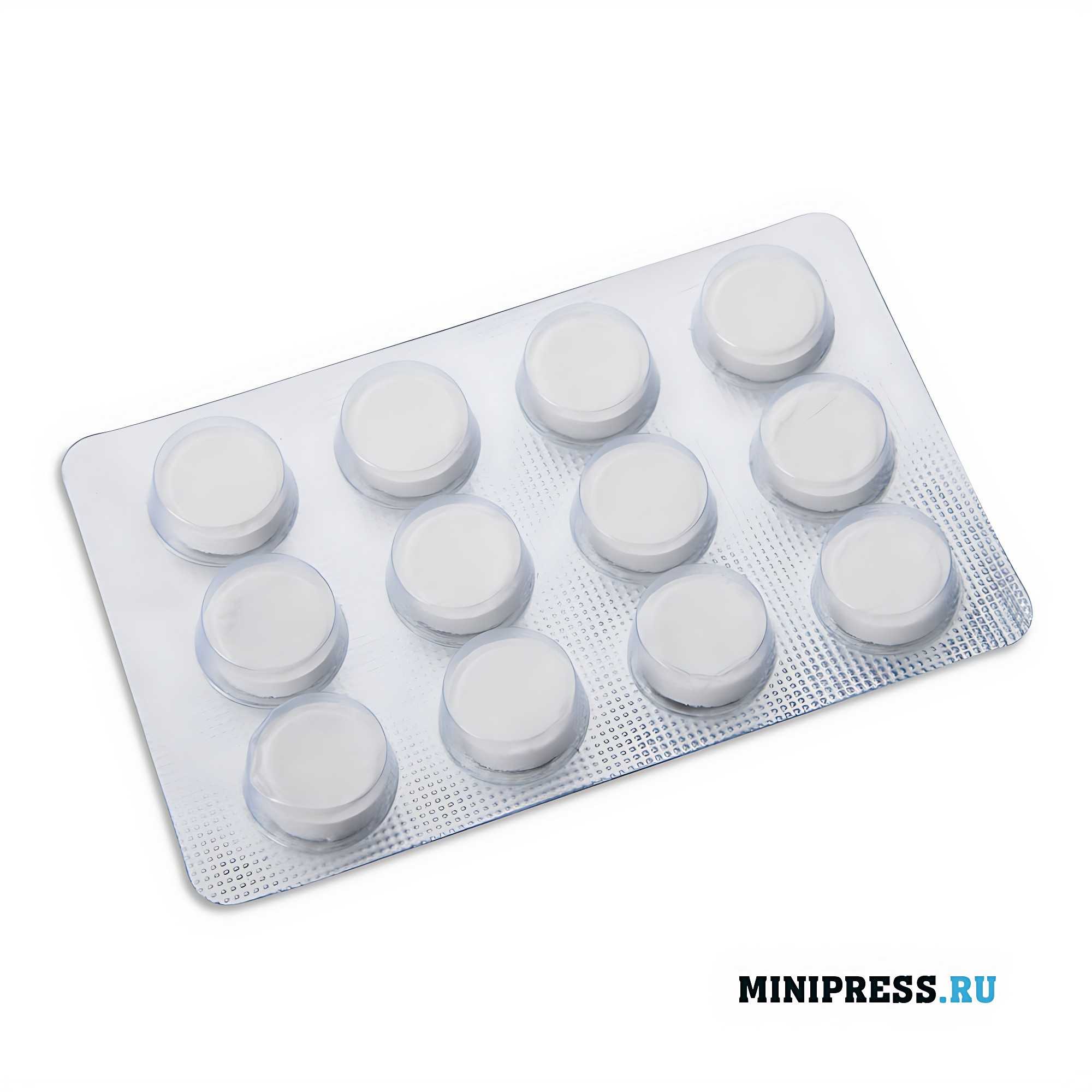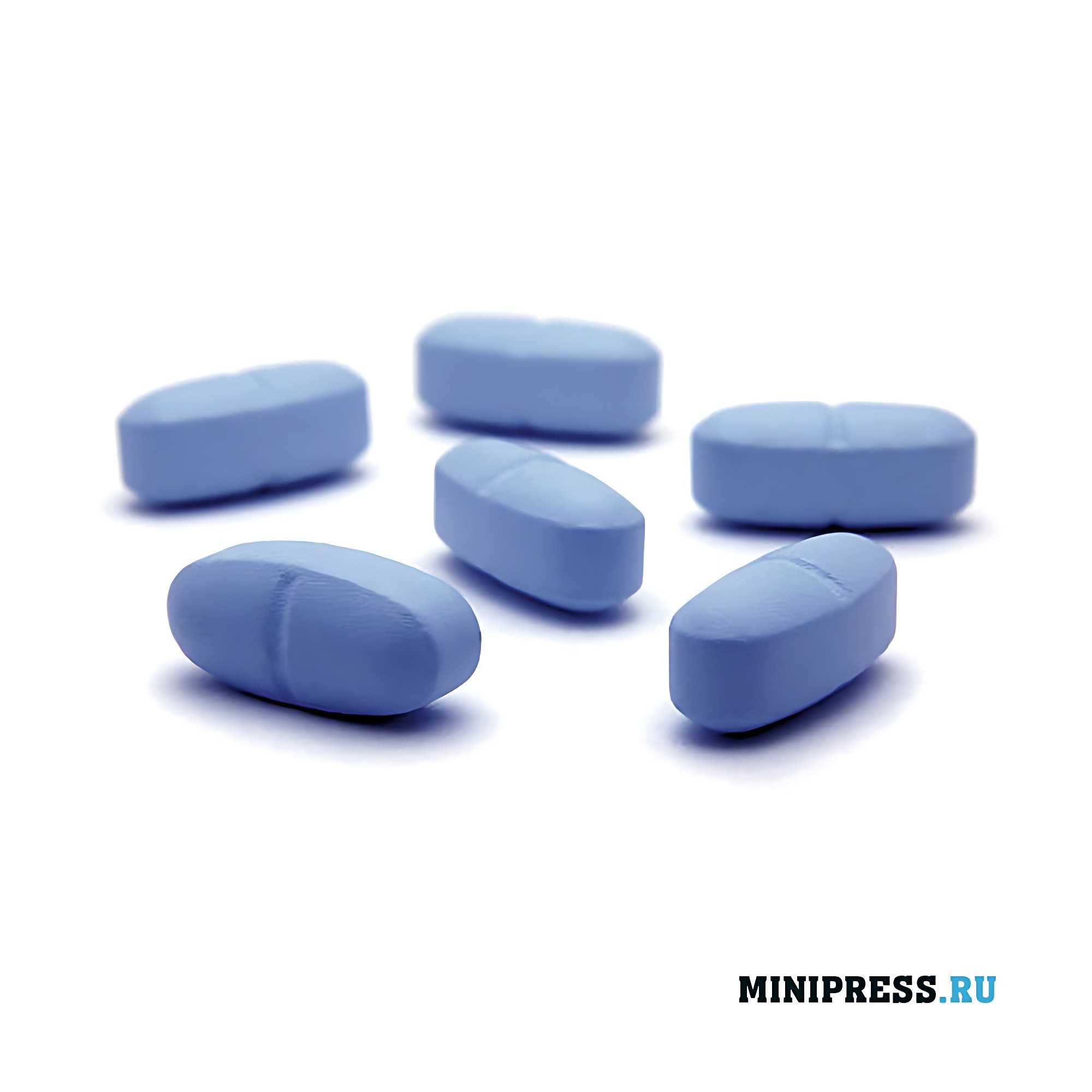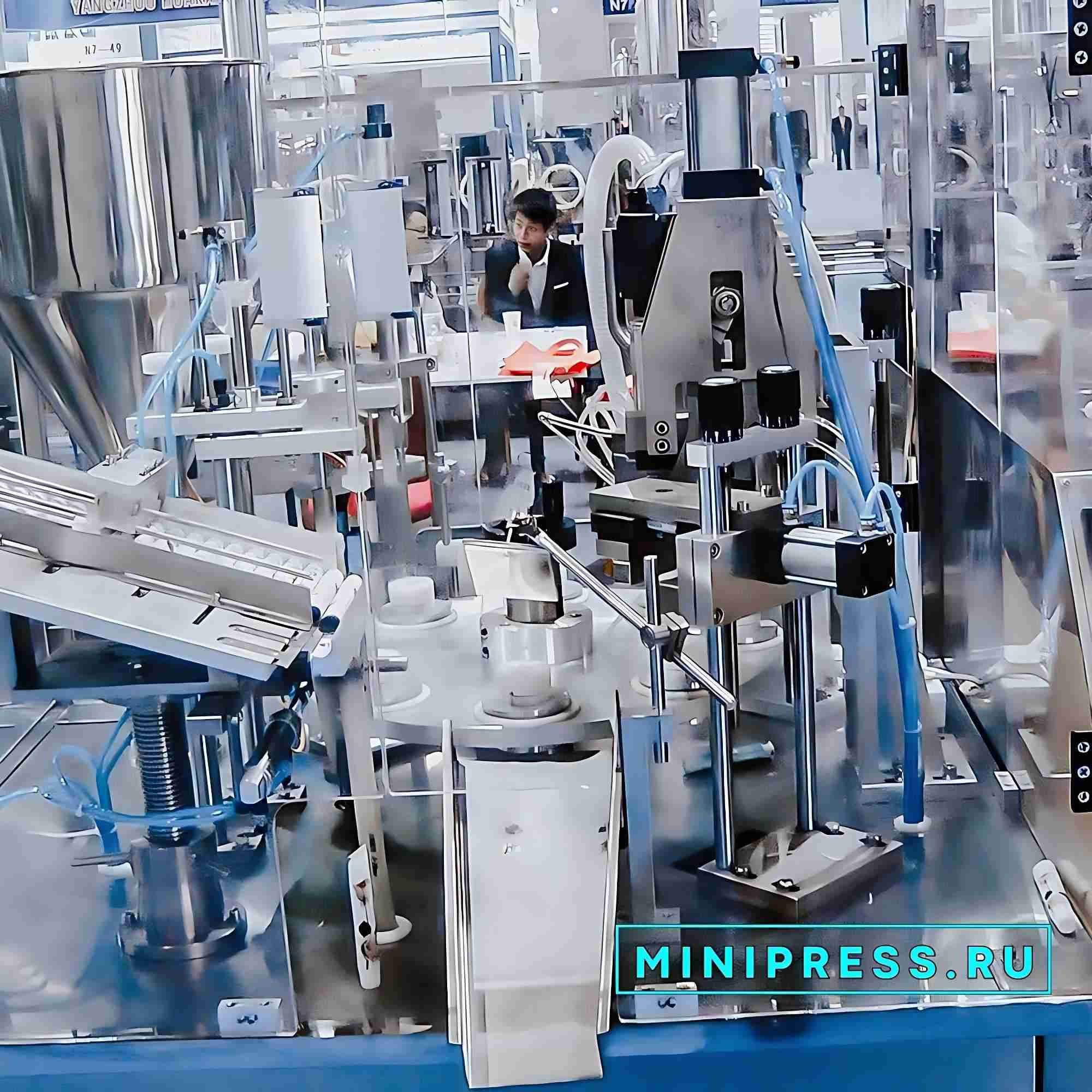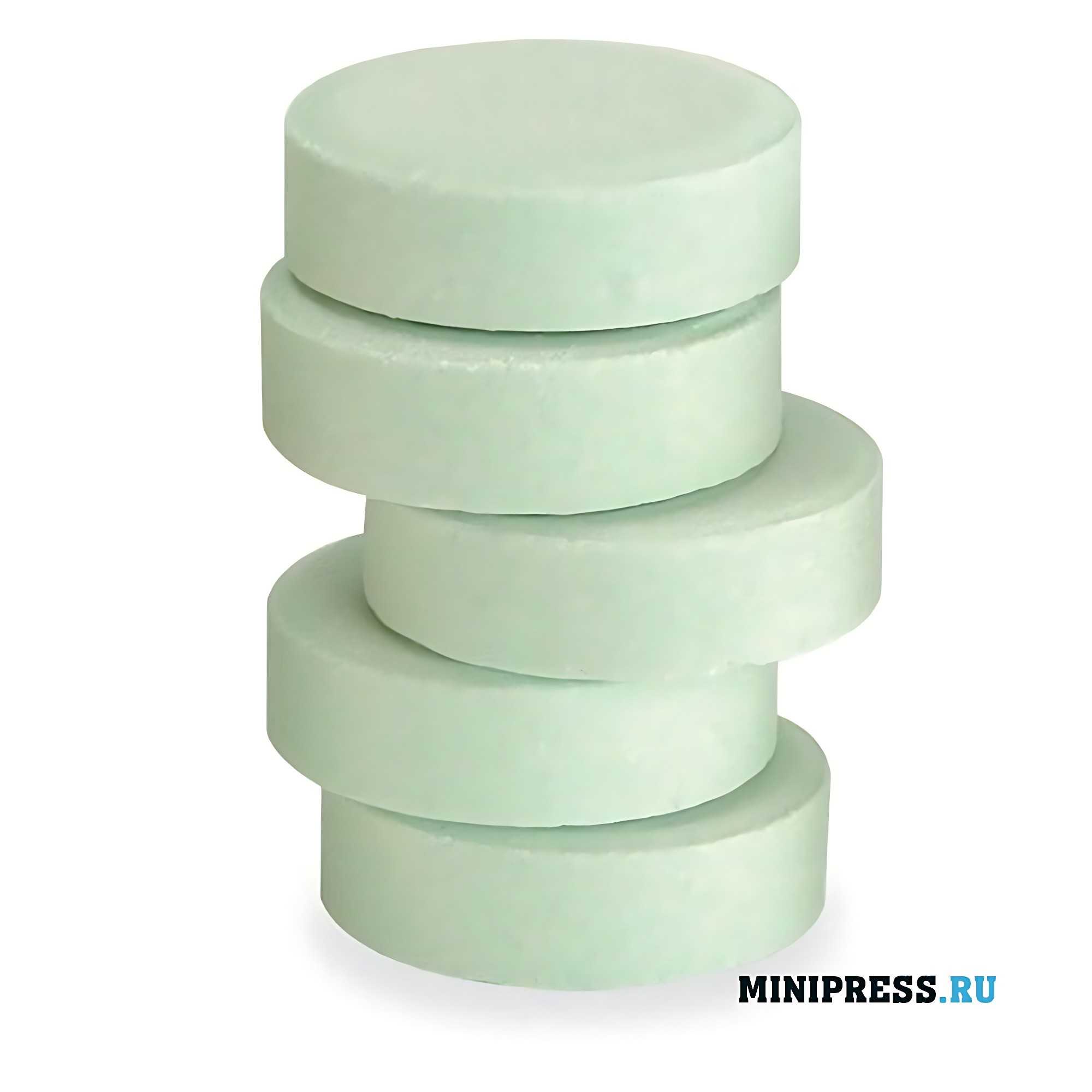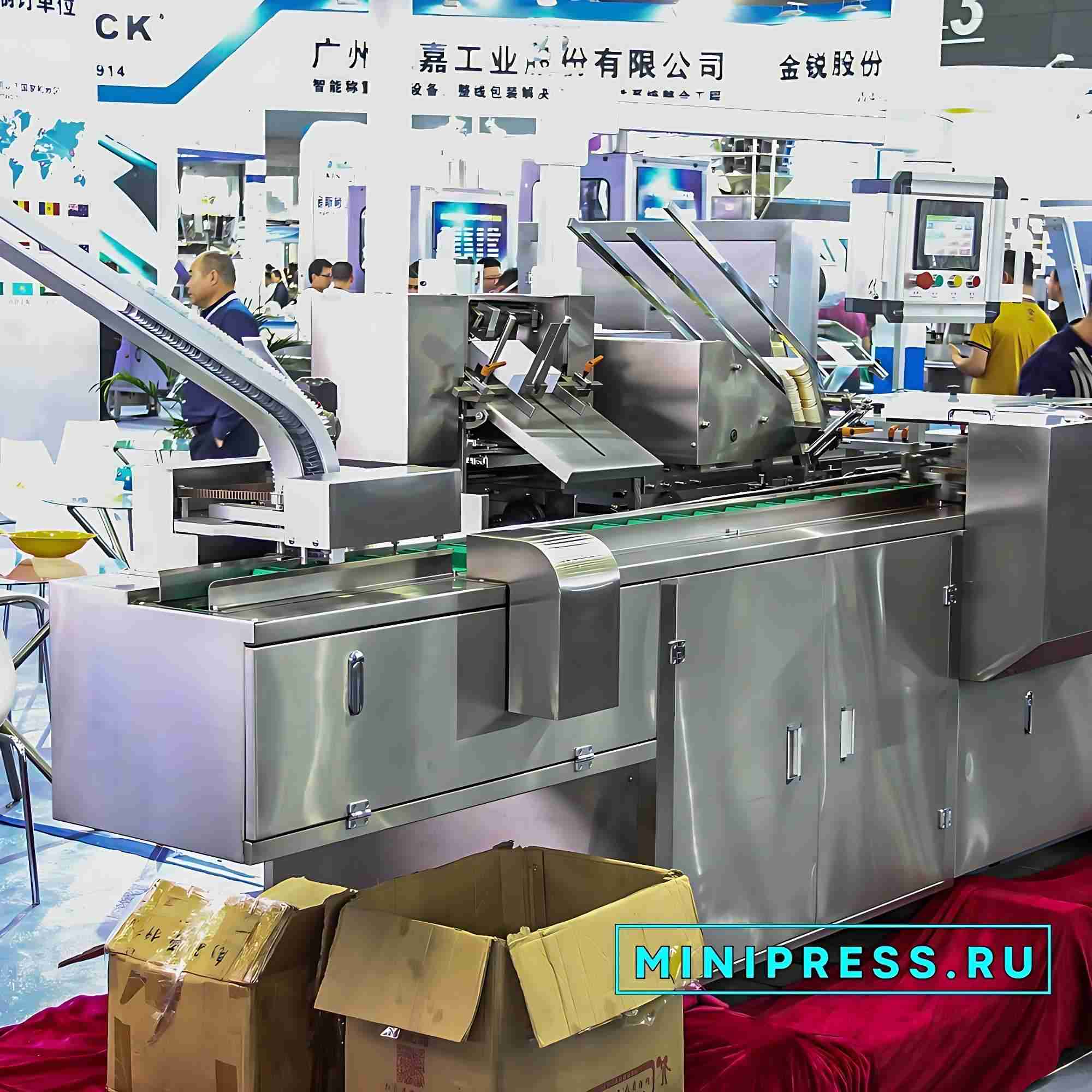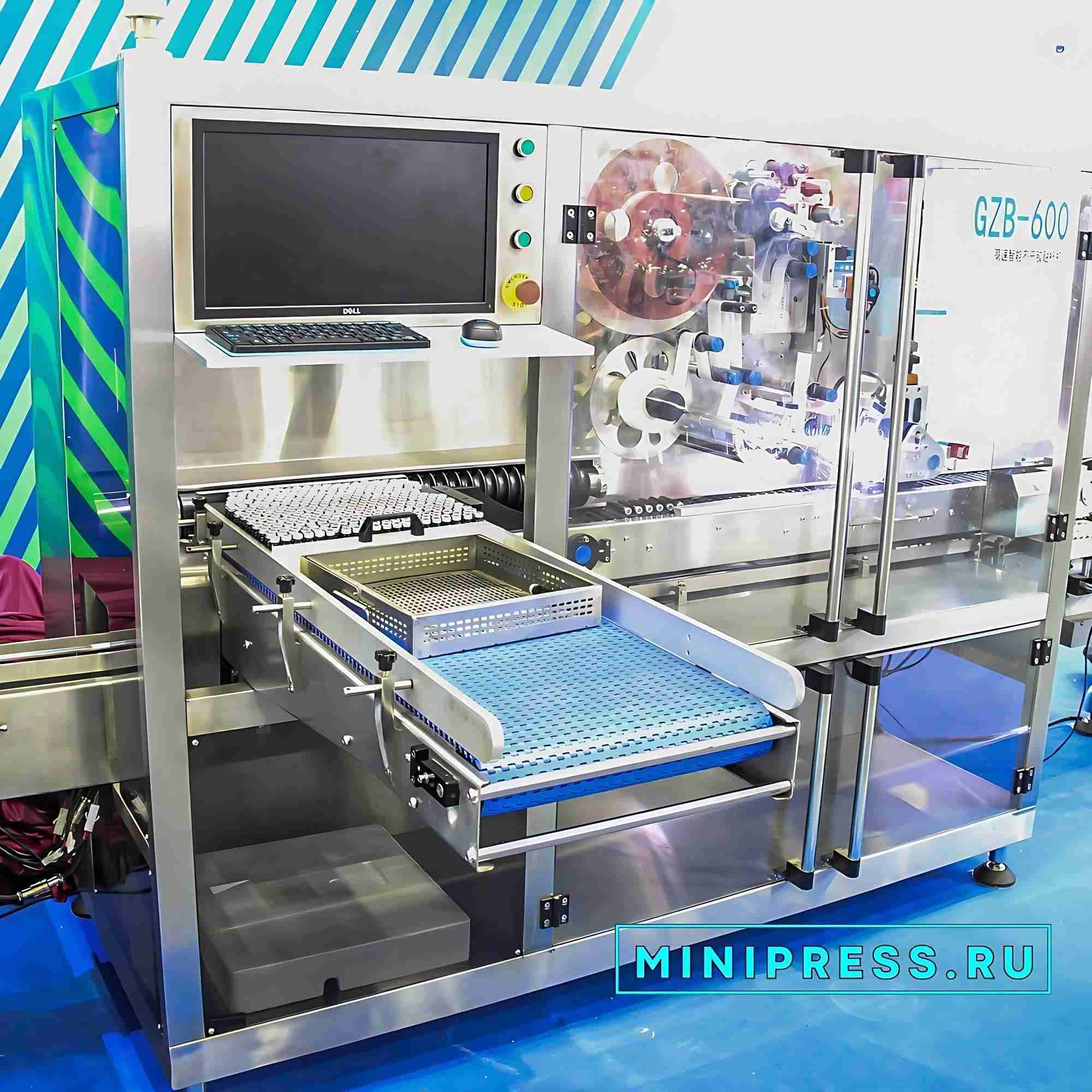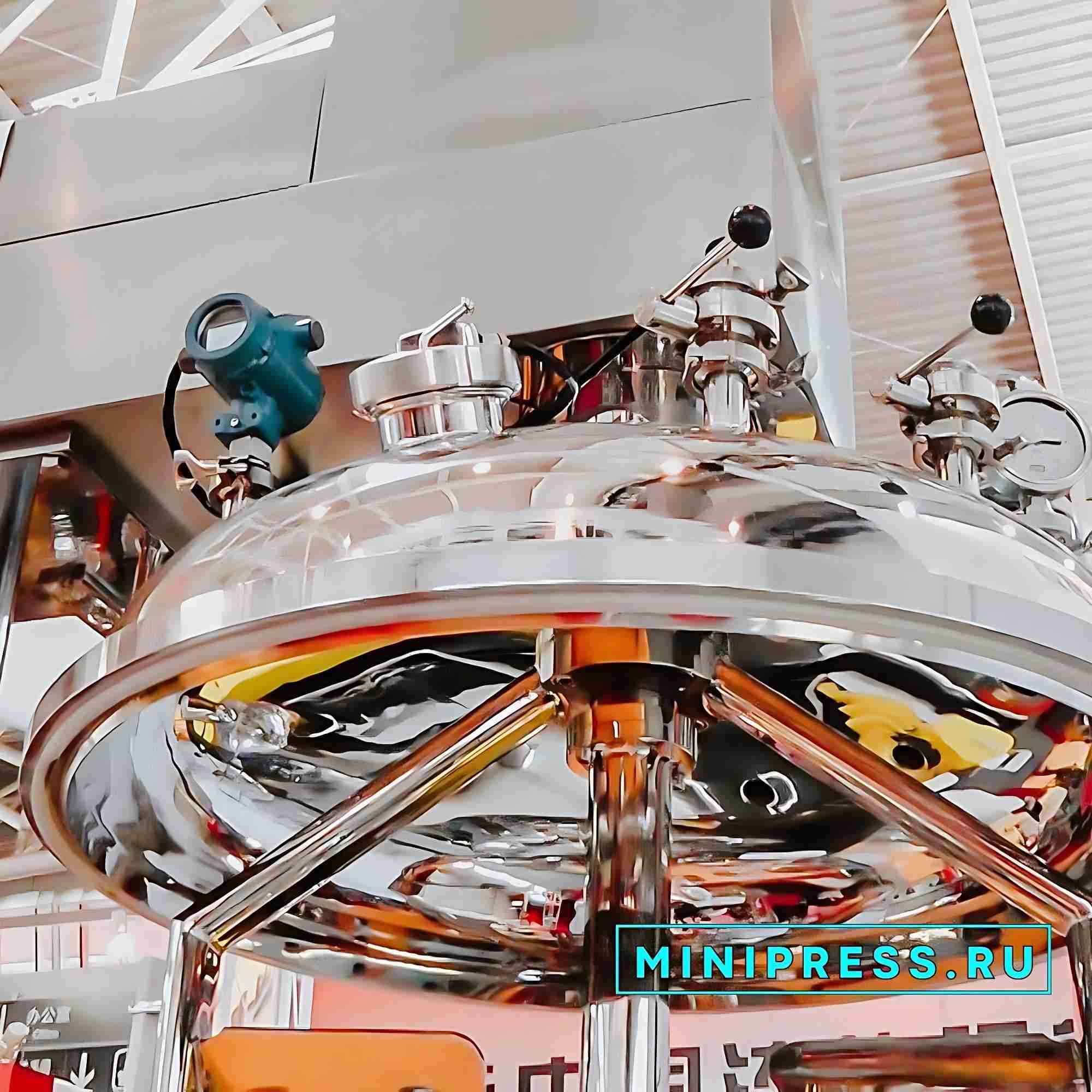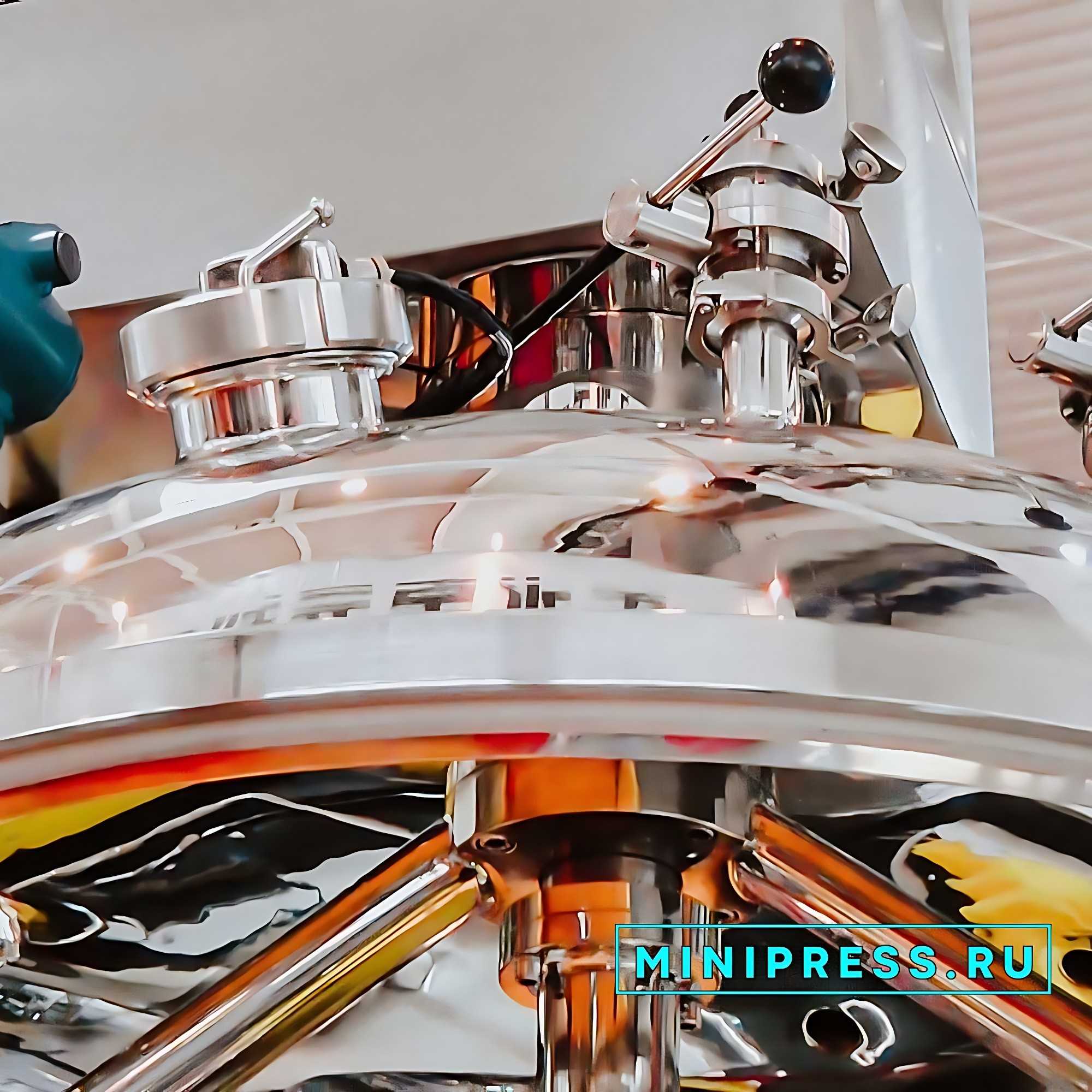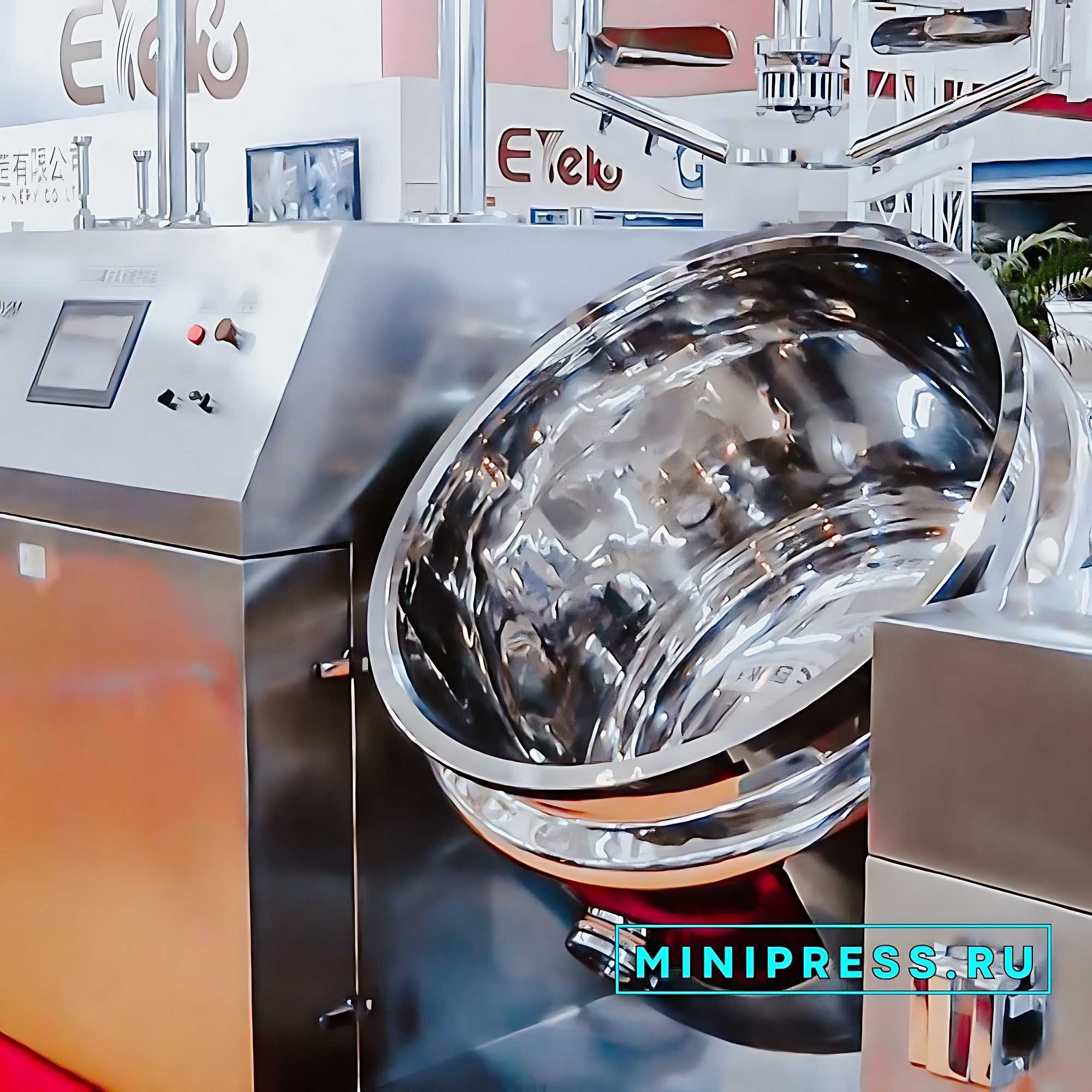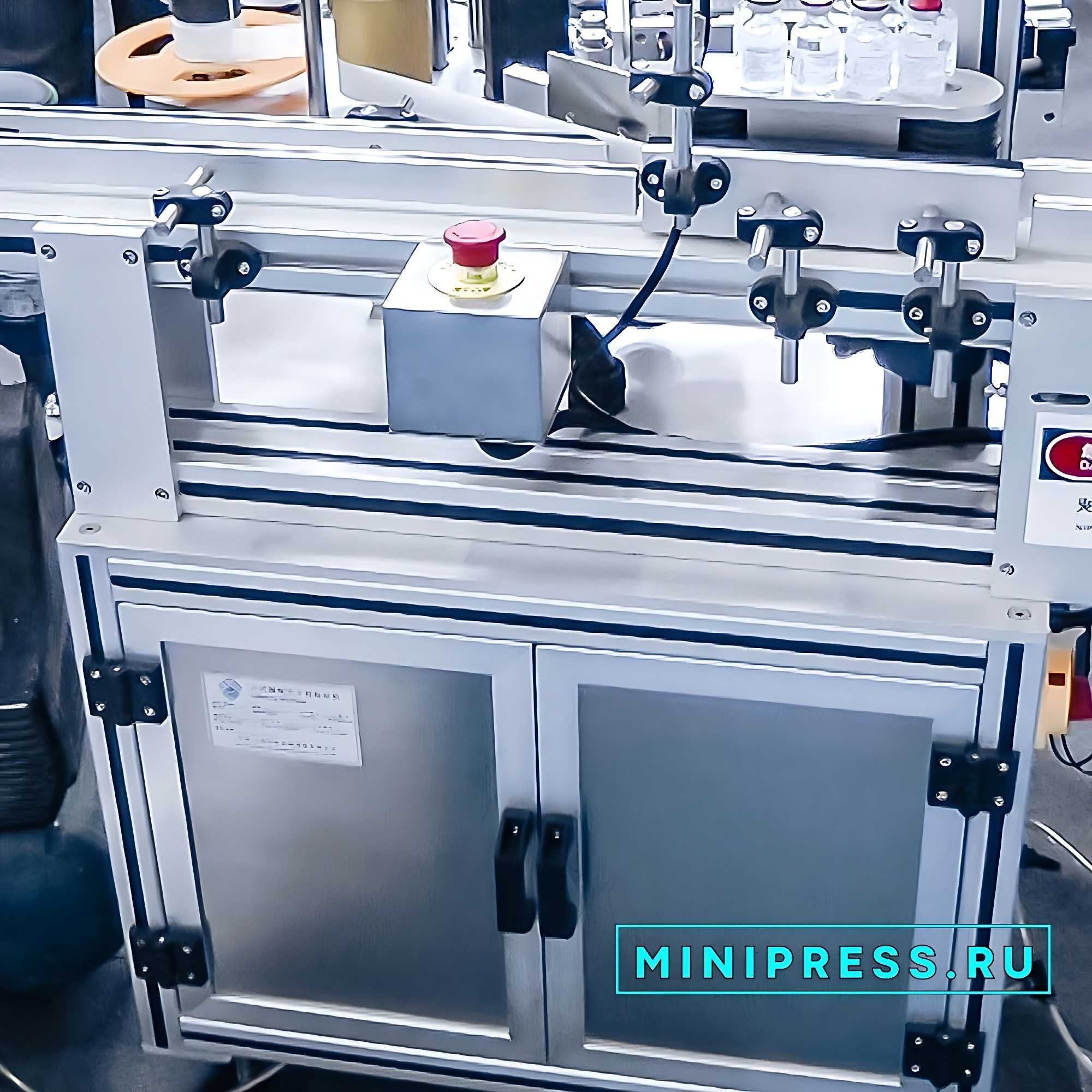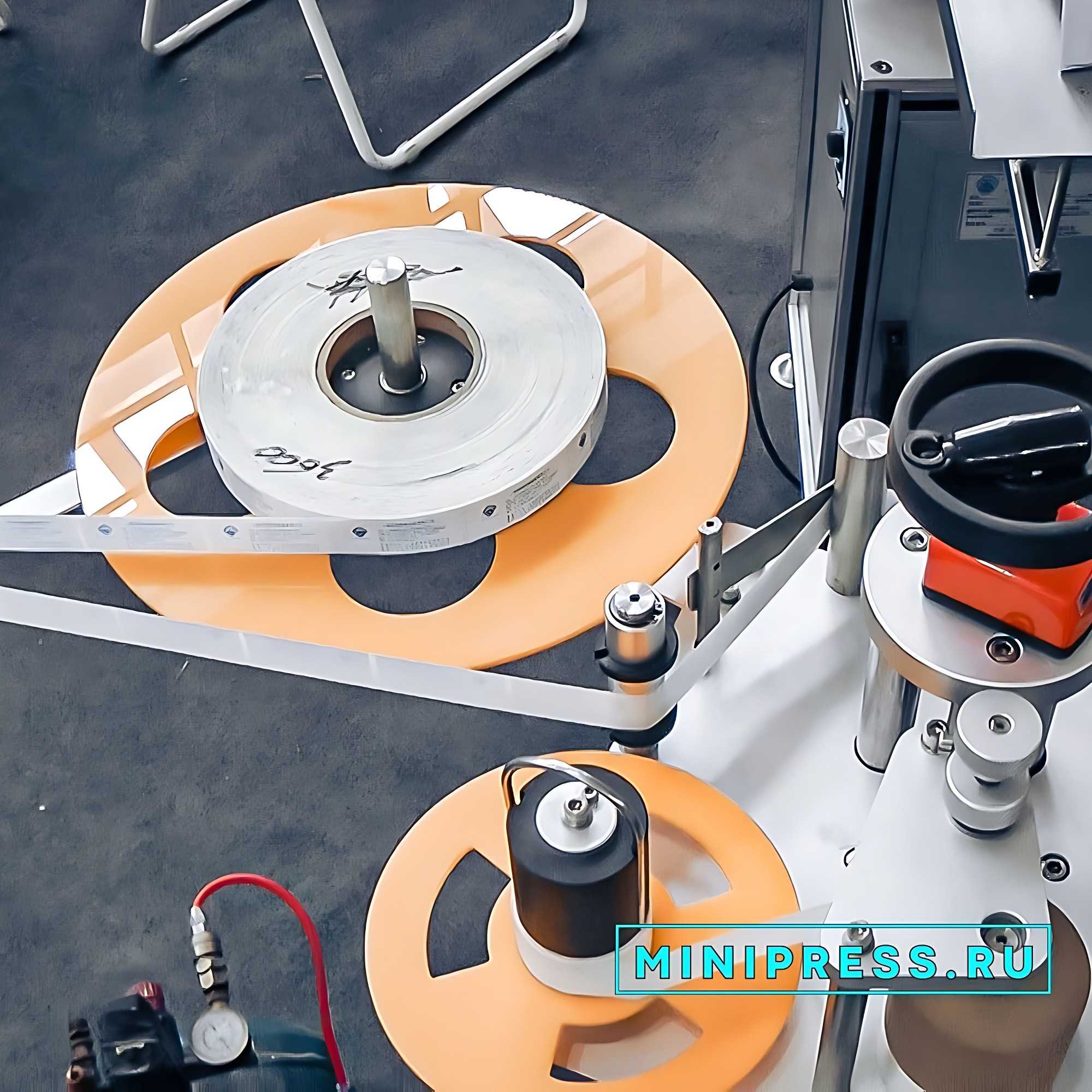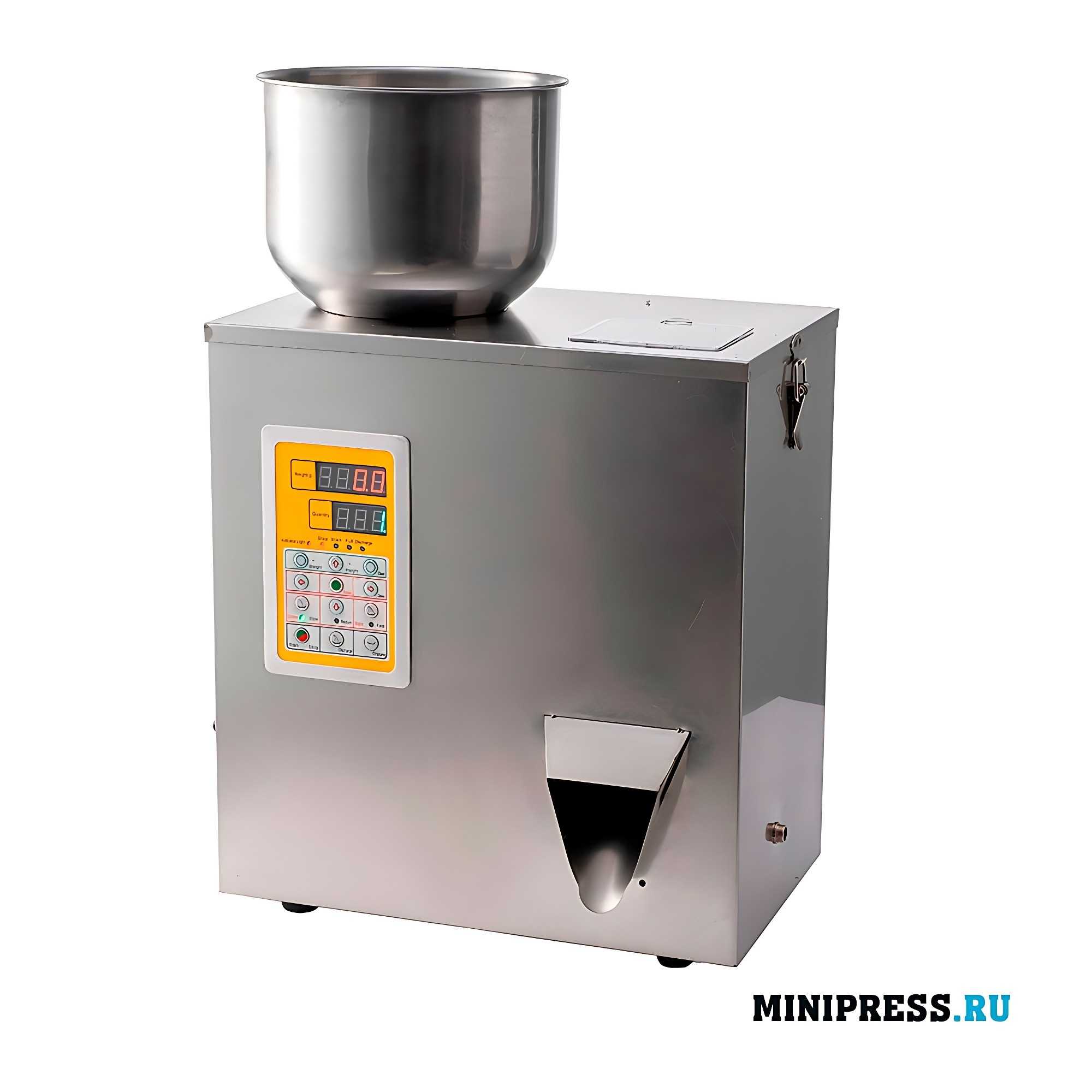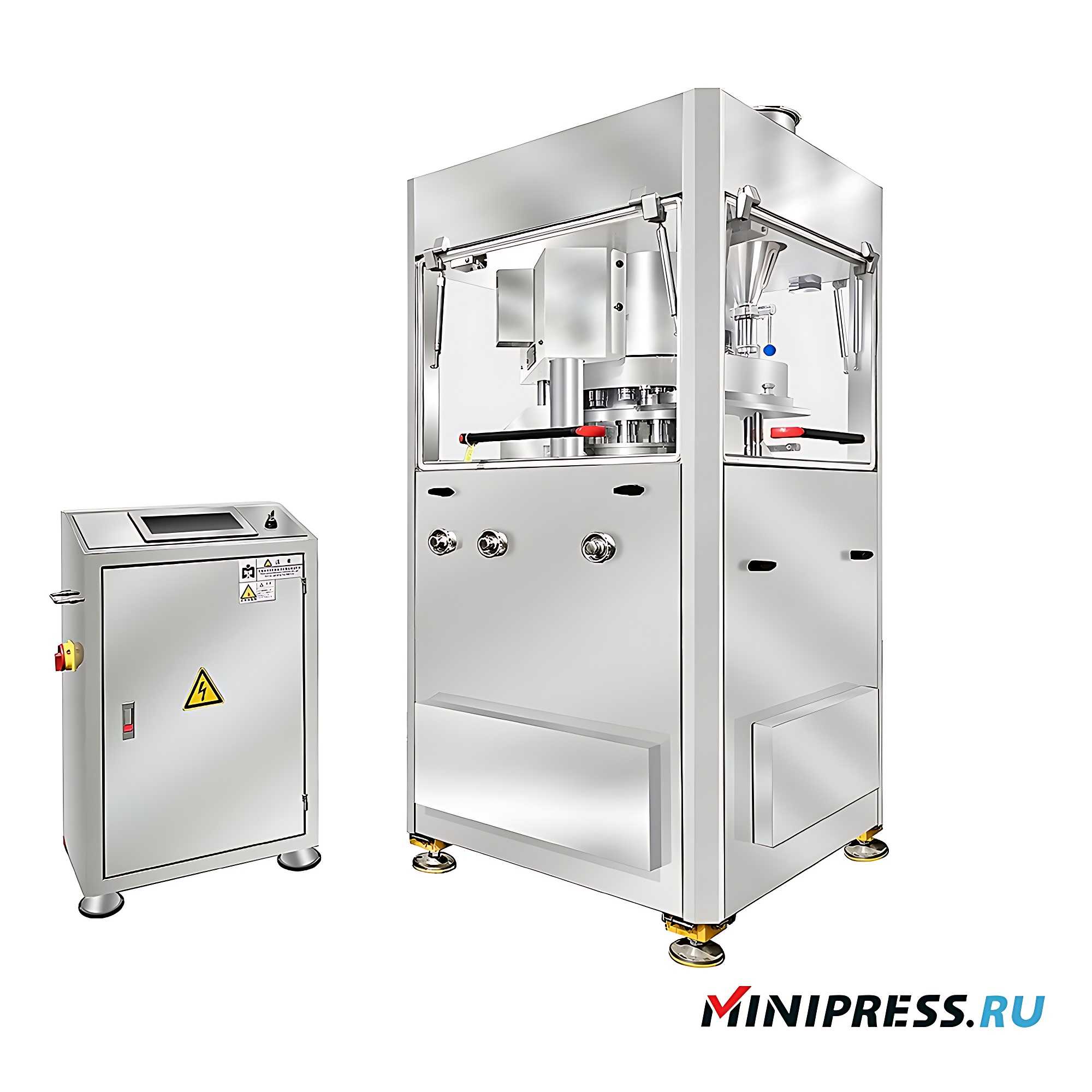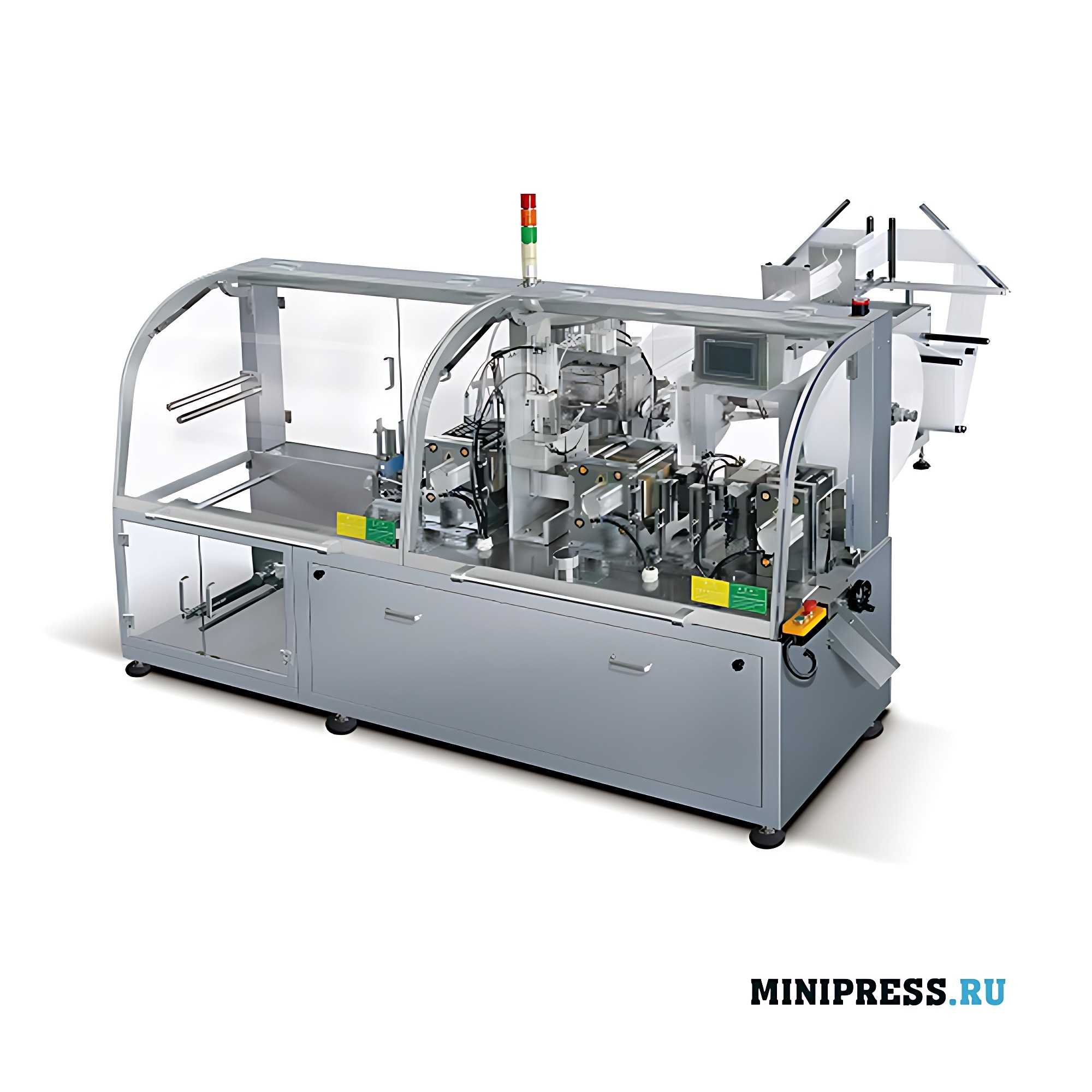 Video review of the model
Video review of the model
 Our service and customer service
Our service and customer service
If, for example, the tablets are ejected with a damaged or uneven surface, this indicates that the mass is strongly adherent or lacks sliding agents, or that the pressing surfaces are not smooth enough. If the tablet has edges, the diameter of the punches used is small. If the tablet surface is bumped, the bottom punch is not raised high enough and its position must be adjusted.
If the tablets disintegrate when ejected, the pressing pressure should be increased or more binders should be added. If the tablets break up, the pressure is too high or the granulate is too dry. The tabletting process may produce tablets with the following defects, such as: Insufficient mechanical strength – observed with insignificant press pressure, insufficient concentration of binder, adhesive and lubricant, and low plasticity of substances. Poor quality coating of tablets. It can be avoided by adding microcrystalline cellulose to the coating, which improves the plasticity of the coating. Adhesion. When the particles of the tablet mass have a higher adhesion to the punch than to each other, adhesion of the particles to the tool occurs. Adhesion at high stock moisture levels to the top punch can cause failure of the apparatus. High stock moisture and insufficient amounts of opening agents also lead to sticking. Excessive rubbing. Excessive kneading of the mass can cause the matrix parts to stick together. Reduction in tablet weight and formation of a non-glossy surface occurs. Reduced shelf life – may occur as a result of the use of inaccurate amounts of loosening, binding, moistening auxiliaries, insufficient pressure, which ultimately leads to incomplete action of the active substance. Inaccurate dosage. If the tablet mass has insufficient flowability, the matrix is filled unevenly. This can be avoided by optimizing the particle size or by adding an excipient such as aerosil. Therefore, to avoid defects in the tabletting process, the optimum parameters should be selected on a case-by-case basis.
 Pharmaceutical Glossary
Pharmaceutical Glossary
 Technical specifications
Technical specifications
During the loading operation, the top slider roller with punch is at the highest point of the upper caper (stage I). It then slides down the sloping kapir. The punch touches the matrix hole, plunges into it and compresses the material. The pressure builds up and reaches its maximum at the moment when the slider roller is under the pressure of the roll (pressing operation – stage II). After that, the roller with the punch starts to climb up the capir and reaches the maximum. The lower slider makes the following movements: in the loading stage, its roller is supported by the roller that regulates the volume of the matrix hole. The lower slider moves along the straight capir. During the pressing operation, its roller is lifted by the pressing roller, so that the lower punch exerts pressure on the tablet material from its side. The capir then moves slightly upward, causing the lower punch to push the tablet out (ejection operation – stage III).
After that, due to the lowering of the capir, the lower punch also goes downwards and everything is repeated again. Below is a description of the features of domestic rotary tablet machines. In general, RTMs can have from 12 to 55 dies (positions) in the rotor. Besides, they can be single-flow (with one feeding hopper) and double-flow (with two feeding hoppers). In the latter case, the entire production process is completed in half a rotation of the rotor and, as a result, the productivity of the PTM is dramatically increased. Such a high-performance machine is, in particular, RTM-41, which is a dual-flow machine with 41 pairs of press tools. This machine allows to produce tablets of 5-15 mm and 20 mm diameter. The RTM-300M machine is used to produce cylindrical-shaped tablets of small diameters with flat and spherical ends. Since in RTM the pressure is bilateral and increases (is removed) gradually, tablets are of high quality. These machines work evenly and do not dust. An agitator can be installed in the feed hopper. The rotating rotor allows the installation of devices for powdering the matrix hole before loading, as well as after it (to pollinate the surface of the filled matrix). Some designs have brush wiping or cleaning devices to keep the punches clean. Rotary press-automatic machines are produced, equipped with a vibrating feeder, which can, by adjusting the amplitude and frequency of vibrations of the vibrating, filling part of the feeder, break the forces of adhesion between powder particles, thus significantly increasing its mobility and compensating for the lack of bulkiness.
 Additional information
Additional information
The productivity of automatic machines equipped with a vibrating feeder is increased. In this case, granulation is also required, but with slightly reduced requirements for granulate homogeneity. In domestic tablet presses, the tablet mass and possible mechanical inclusions are controlled during the tabletting process. For mass control there are automatic devices – in case of deviation of tablet mass from the preset one a signal lamp is switched on. Automatic control for metal inclusions is performed with the help of a device that detects and removes tablets with metal inclusions from the’flow. To remove from the surface of tablets coming out of the press, dust fractions are used dedusters. Tablets pass through a rotating perforated drum and are cleaned of dust, which is sucked out of the dedusters by special devices. Tableting of drugs usually occurs at pressures of 25-250 mPa; higher pressures are rarely used. Table 4.8 gives an example of the main technical parameters of rotary tabletting machines. Although RTMs are technically far superior to eccentric machines, they have some disadvantages, namely: complex construction; require more spare punches and dies. The quality of tablets is influenced by the amount of pressure, pressing speed, condition and wear resistance of the press tool, which is subjected to quite a lot of wear and tear, as it experiences heavy loads. The durability of dies is 2-3 times less than that of punches, which is explained by chemical interaction of the matrix material with the tablet mass, rigid loading of the matrix, friction of particles of the pressed material and the tablet against the walls of the matrix;
more difficult preparation for pressing; more labor-intensive cleaning; large variation in mass deviation from the nominal value due to the use of dozens of sets of press tools. Eccentric machines use only one set of press tools and therefore the variation in the mass of individual tablets is less than when pressing on RTM. Based on the above disadvantages it can be concluded that rotary tablet machines are cost-effective only for mass production. Before pressing, any tablet machine must be set up, calibrated and adjusted optimally. Before starting the process, a test tabletting process is carried out by starting the machine manually, which results in the required tablet weight, proper strength and disintegration as well as the elimination of external imperfections.
Order status tracking
You have to pay for delivery to Tossa de Mar over and above the delivery amount in the contract ? 13/07/2025 09:39
Daniel, The catalog shows the price with door delivery. The unloading of the equipment, upon receipt of the shipment, will be charged to you separately. 13/07/2025 09:41
Good afternoon, I am hoping tomorrow until 18: 30 to get the UNIC 600A Tablet Press in Rovinj ! Please comment. 13/07/2025 09:49
Good day, Abigail! Our manager has communicated with the delivery service, the equipment will be delivered to Rovinj at your address. Please let us know when you receive it. 13/07/2025 09:52
Roman hello, what about the automatic filling and sealing machine for sterile ampoules ABF-4D-1, invoice #101. 13/07/2025 09:59
Good afternoon, Michael! We are making a request to the manufacturer. Tomorrow we will send photos and video of testing to your e-mail. 13/07/2025 10:00
Good day, delivery time of semi-automatic drum filling machine DF-10 to Ceuta, will the courier call us? 13/07/2025 10:09
Sophia, good afternoon. Natalia will contact you, the shipment has passed customs clearance at the border. 13/07/2025 10:11
The MZ-10 expiration date and date handheld printer has still not been delivered. The driver did not answer and dropped calls yesterday. 13/07/2025 10:19
Hello Zoe, Transportation has advised that between 16:00-18:00 driver will definitely deliver the box to your address. We apologize. 13/07/2025 10:21
HX-6 Plastic Tube Filling and Sealing Machine in Monte Carlo? Price delivery terms and conditions 13/07/2025 10:29
Nora, good afternoon, we have received your request by email. In 15 minutes we will send you our quotation for this model of equipment. 13/07/2025 10:30
Natalia tell me, automatic double-sided labeling machine ST-36 has left the factory, invoice #118. 13/07/2025 10:39
Hello Alexander, The equipment has been shipped from the transit warehouse and delivery is proceeding as planned. No delays are expected. 13/07/2025 10:42
Natalia tell me, automatic double-sided labeling machine ST-36 has left the factory, invoice #118. 13/07/2025 10:49
Hello Savannah, The equipment has been shipped from the transit warehouse and delivery is proceeding as planned. No delays are expected. 13/07/2025 10:50
How to contact you for shipment tracking ? Industrial vibrating screen VS-04. 13/07/2025 10:59
Good afternoon, William, My WhastApp is +79853643808, Manager Natalia +79153808881 during business hours and except weekends. 13/07/2025 11:02
Remember me? There's a delivery in the Milan 13/07/2025 11:09
Grace, Hello! We remember all our customers. your blister honey filling machine model MN-82 will be tomorrow until 14:30 in Milan . 13/07/2025 11:11
- EQUIPMENT FOR COUNTING AND PACKAGING TABLETS AND CAPSULES IN BOTTLES
- EQUIPMENT FOR FILLING CREAMS AND SEALING PLASTIC TUBES
- SPRAY DRYING EQUIPMENT FOR SUSPENSIONS
- MACHINES FOR THE PRODUCTION OF SUPPOSITORIES
- EQUIPMENT FOR PACKAGING TABLETS AND CAPSULES IN PLASTIC BOTTLES
- HIGH-PRECISION DOSING MACHINES POWDER FILLING MACHINES
- AUTOMATIC EQUIPMENT FOR REMOVING TABLETS AND CAPSULES FROM BLISTERS
- EQUIPMENT FOR PACKING POWDERS INTO VIALS
- EQUIPMENT FOR PRINTING LOGO ON TABLETS AND CAPSULES
- EQUIPMENT FOR WASHING AND STERILIZING BOTTLES
- EQUIPMENT FOR POLISHING AND DEDUSTING TABLETS AND CAPSULES
- EQUIPMENT FOR FILLING HARD GELATIN CAPSULES WITH POWDER
- EQUIPMENT FOR THE PRODUCTION OF TABLETS
- EQUIPMENT FOR COATING TABLETS
- MACHINES FOR FORMING AND FILLING PLASTIC AMPOULES
- BOTTLE FILLING AND CAPPING EQUIPMENT
- EQUIPMENT FOR FILLING AND SEALING GLASS AMPOULES
- EQUIPMENT FOR SCREW FEEDING OF POWDERS
- EQUIPMENT FOR VACUUM TRANSPORTATION OF POWDERS
- AUTOMATIC PHARMACEUTICAL CENTRIFUGES
- POWDER GRANULATION EQUIPMENT
- EQUIPMENT FOR EFFICIENT MIXING OF POWDERS
- EQUIPMENT FOR HOMOGENIZING CREAMS AND OINTMENTS
- EQUIPMENT FOR AUTOMATIC BOTTLE FEEDING FOR FILLING LINES
- EQUIPMENT FOR APPLYING THE EXPIRATION DATE AND BATCH NUMBER TO PRODUCTS
- EQUIPMENT FOR PACKAGING BULK MATERIALS IN PLASTIC BAGS
- EQUIPMENT FOR FILLING LIQUIDS IN PLASTIC AND METAL BARRELS
- AUTOMATIC EQUIPMENT FOR SELF-ADHESIVE LABELS ON PACKAGING
- EQUIPMENT FOR WEIGHT CONTROL AND SORTING OF CARDBOARD BOXES WITH MEDICINE
- EQUIPMENT FOR PACKAGING TABLETS IN STRIPS AND TUBES
- EQUIPMENT FOR FILLING AND PACKAGING HERBAL TINCTURES
- EQUIPMENT FOR PACKING TEA INTO TEA BAGS WITH THREAD AND LABEL
- AUTOMATIC EQUIPMENT FOR BLISTER PACKAGING
- EQUIPMENT FOR VACUUM PACKAGING IN PLASTIC BAGS
- EQUIPMENT FOR INDUCTION SEALING OF ALU FOIL BOTTLES
- EQUIPMENT FOR WRAPPING CARDBOARD BOXES WITH CELLOPHANE
- EQUIPMENT FOR METAL DETECTOR IN GELATIN CAPSULES AND TABLETS
- EQUIPMENT FOR THE MANUFACTURE AND PACKAGING OF WET ALCOHOL WIPES
- EQUIPMENT FOR PACKAGING FOOD PRODUCTS IN DOY-PACK PACKAGES
- EQUIPMENT FOR PACKAGING PRODUCTS IN A FLOW PACK
- FLOW-PACK PACKAGING MACHINES
- MANUAL EQUIPMENT FOR FILLING GELATIN CAPSULES WITH POWDER
- DESKTOP EQUIPMENT FOR HIGH-SPEED EMULSION PRODUCTION
- DESKTOP EQUIPMENT FOR MIXING POWDERS
- EQUIPMENT FOR POWDERING PHARMA RAW MATERIALS
- EQUIPMENT FOR AUTOMATIC DOSING OF CREAMS AND OINTMENTS
- DESKTOP EQUIPMENT FOR LIQUID DOSING
- SEMI-AUTOMATIC EQUIPMENT FOR FILLING GELATIN CAPSULES
- SEMI-AUTOMATIC EQUIPMENT FOR BLISTER PACKAGING
- EQUIPMENT FOR LABORATORY TESTING OF MEDICINES
- EQUIPMENT FOR VIBRATING SIEVING OF POWDERS
- MACHINES PRINTING EXPIRATION DATE AND LOT NUMBER
- PERISTALTIC PUMPS DISPENSERS
- EQUIPMENT FOR THE PRODUCTION OF FISHING BOILIES
- EQUIPMENT FOR MIXING LIQUIDS WITH MICROWAVE HEATING
- EQUIPMENT FOR THE PRODUCTION OF TABLETS
- BOTTLE FILLING AND CAPPING EQUIPMENT
- EQUIPMENT FOR PACKAGING TABLETS AND CAPSULES IN PLASTIC BOTTLES
- EQUIPMENT FOR POLISHING AND DEDUSTING TABLETS AND CAPSULES
- EQUIPMENT FOR WASHING AND STERILIZING BOTTLES
- AUTOMATIC EQUIPMENT FOR REMOVING TABLETS AND CAPSULES FROM BLISTERS
- EQUIPMENT FOR PRINTING LOGO ON TABLETS AND CAPSULES
- MACHINES FOR THE PRODUCTION OF SUPPOSITORIES
- EQUIPMENT FOR COATING TABLETS
- EQUIPMENT FOR FILLING CREAMS AND SEALING PLASTIC TUBES
- EQUIPMENT FOR PACKING POWDERS INTO VIALS
- EQUIPMENT FOR COUNTING AND PACKAGING TABLETS AND CAPSULES IN BOTTLES
- MACHINES FOR FORMING AND FILLING PLASTIC AMPOULES
- EQUIPMENT FOR FILLING HARD GELATIN CAPSULES WITH POWDER
- SPRAY DRYING EQUIPMENT FOR SUSPENSIONS
- EQUIPMENT FOR FILLING AND SEALING GLASS AMPOULES
- HIGH-PRECISION DOSING MACHINES POWDER FILLING MACHINES
- EQUIPMENT FOR AUTOMATIC BOTTLE FEEDING FOR FILLING LINES
- EQUIPMENT FOR HOMOGENIZING CREAMS AND OINTMENTS
- AUTOMATIC PHARMACEUTICAL CENTRIFUGES
- EQUIPMENT FOR EFFICIENT MIXING OF POWDERS
- EQUIPMENT FOR VACUUM TRANSPORTATION OF POWDERS
- POWDER GRANULATION EQUIPMENT
- EQUIPMENT FOR SCREW FEEDING OF POWDERS
- EQUIPMENT FOR METAL DETECTOR IN GELATIN CAPSULES AND TABLETS
- EQUIPMENT FOR APPLYING THE EXPIRATION DATE AND BATCH NUMBER TO PRODUCTS
- EQUIPMENT FOR FILLING AND PACKAGING HERBAL TINCTURES
- EQUIPMENT FOR PACKAGING BULK MATERIALS IN PLASTIC BAGS
- AUTOMATIC EQUIPMENT FOR BLISTER PACKAGING
- EQUIPMENT FOR PACKAGING TABLETS IN STRIPS AND TUBES
- FLOW-PACK PACKAGING MACHINES
- EQUIPMENT FOR FILLING LIQUIDS IN PLASTIC AND METAL BARRELS
- EQUIPMENT FOR VACUUM PACKAGING IN PLASTIC BAGS
- EQUIPMENT FOR PACKING TEA INTO TEA BAGS WITH THREAD AND LABEL
- EQUIPMENT FOR WEIGHT CONTROL AND SORTING OF CARDBOARD BOXES WITH MEDICINE
- EQUIPMENT FOR PACKAGING PRODUCTS IN A FLOW PACK
- EQUIPMENT FOR THE MANUFACTURE AND PACKAGING OF WET ALCOHOL WIPES
- EQUIPMENT FOR INDUCTION SEALING OF ALU FOIL BOTTLES
- EQUIPMENT FOR WRAPPING CARDBOARD BOXES WITH CELLOPHANE
- EQUIPMENT FOR PACKAGING FOOD PRODUCTS IN DOY-PACK PACKAGES
- AUTOMATIC EQUIPMENT FOR SELF-ADHESIVE LABELS ON PACKAGING
- SEMI-AUTOMATIC EQUIPMENT FOR FILLING GELATIN CAPSULES
- MACHINES PRINTING EXPIRATION DATE AND LOT NUMBER
- EQUIPMENT FOR POWDERING PHARMA RAW MATERIALS
- DESKTOP EQUIPMENT FOR HIGH-SPEED EMULSION PRODUCTION
- EQUIPMENT FOR MIXING LIQUIDS WITH MICROWAVE HEATING
- DESKTOP EQUIPMENT FOR LIQUID DOSING
- SEMI-AUTOMATIC EQUIPMENT FOR BLISTER PACKAGING
- PERISTALTIC PUMPS DISPENSERS
- EQUIPMENT FOR THE PRODUCTION OF FISHING BOILIES
- DESKTOP EQUIPMENT FOR MIXING POWDERS
- EQUIPMENT FOR VIBRATING SIEVING OF POWDERS
- EQUIPMENT FOR LABORATORY TESTING OF MEDICINES
- EQUIPMENT FOR AUTOMATIC DOSING OF CREAMS AND OINTMENTS
- MANUAL EQUIPMENT FOR FILLING GELATIN CAPSULES WITH POWDER
 8089
8089 7166513
7166513